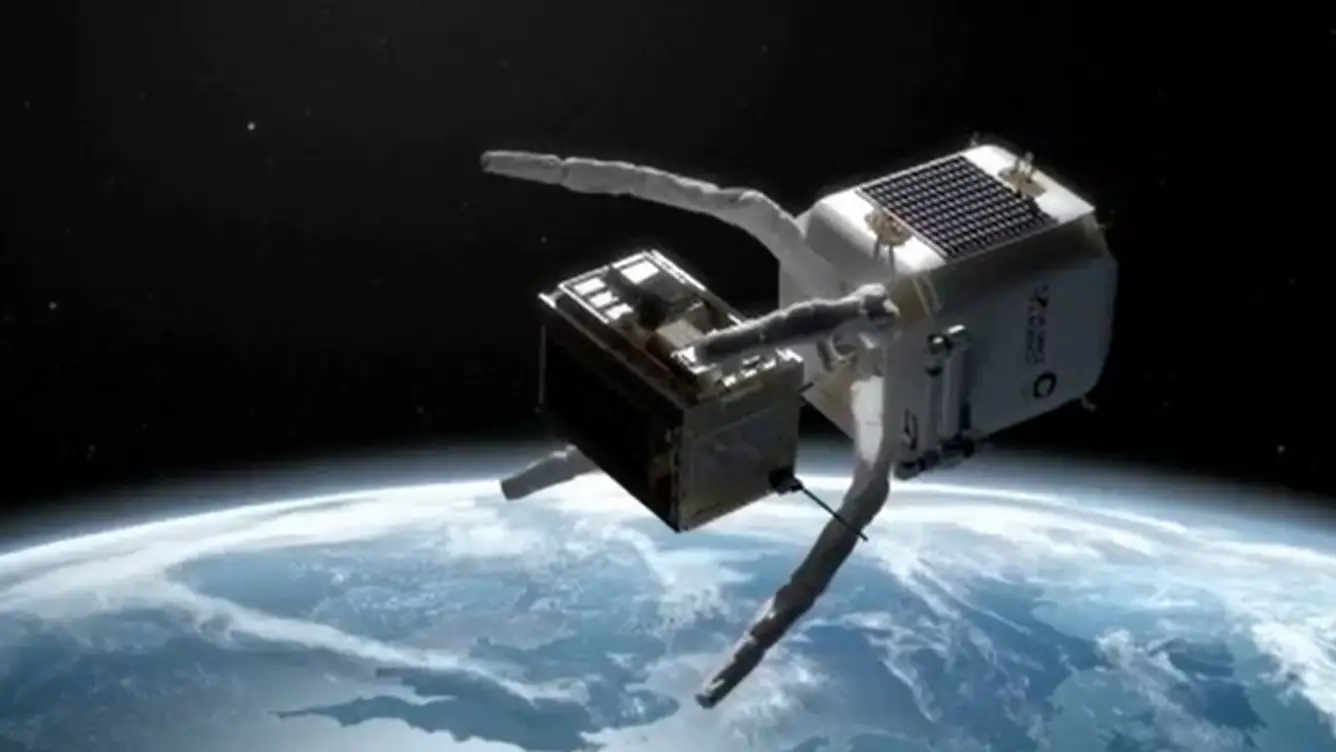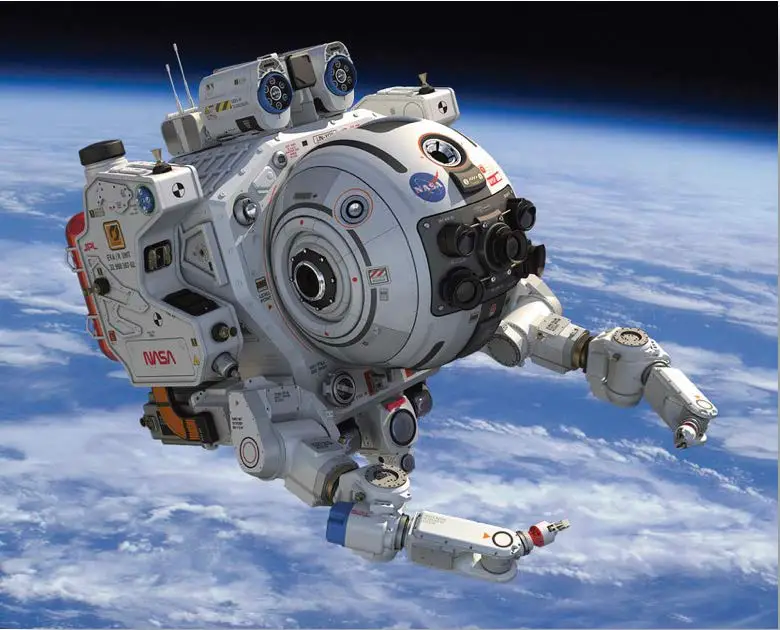Efficiency Comparison
1. Energy Density:
Al-air batteries far surpass Li-ion batteries in theoretical and practical energy density. They can achieve 5–30 times greater energy density than Li-ion, depending on the metric used. For example:
– Al-air’s theoretical energy density is 8.1 kWh/kg, compared to Li-ion’s 0.5–0.8 kWh/kg .
– Practical implementations report up to 52% higher energy density than Li-ion , with projections reaching 2,000 Wh/kg (vs. Li-ion’s ~500–800 Wh/kg) .
– One study claims Al-air could deliver over 30 times more energy per kilogram than Li-ion, enabling EV ranges of 1,000 miles on a single charge .
However, Al-air batteries are primary cells (non-rechargeable), requiring mechanical replacement of spent anodes rather than electrical recharging . This limits their cycle efficiency compared to rechargeable Li-ion systems.
2. Fuel Efficiency:
Al-air’s total fuel efficiency in EVs is estimated at 15–20%, comparable to internal combustion engines (13%) but lower than Li-ion’s round-trip efficiency (~80–90%) . This reflects challenges in recycling aluminum and managing byproducts like aluminum hydroxide.
Cost Comparison
1. Material Costs:
Aluminum is abundant, inexpensive, and recyclable, making Al-air batteries cheaper to produce than Li-ion. Aluminum’s cost advantage stems from its widespread availability compared to lithium, cobalt, and nickel, which are expensive and geopolitically sensitive .
2. Infrastructure Requirements:
Al-air systems require battery-swapping infrastructure (to replace depleted anodes) rather than charging stations. While this could reduce upfront vehicle costs, it introduces logistical and capital expenses for swap stations and recycling facilities . In contrast, Li-ion relies on established charging networks but faces high battery replacement costs.
3. Long-Term Viability:
Al-air’s low material costs and scalability make it attractive for niche applications (e.g., EV range extenders, grid storage). However, Li-ion’s mature manufacturing ecosystem and rechargeability currently give it an edge in cost predictability for consumer electronics and short-to-medium-range EVs .
Key Trade-Offs
– Al-air strengths: Superior energy density, safety (non-flammable aqueous electrolytes), and sustainability.
– Li-ion strength: Rechargeability, higher cycle efficiency, and established infrastructure.
While Al-air batteries hold transformative potential for long-range EVs and renewable energy storage, overcoming challenges like mechanical recharging and corrosion will determine their competitiveness against Li-ion in the coming decade.






